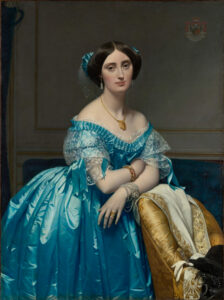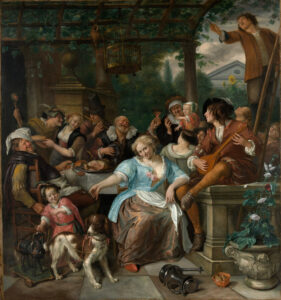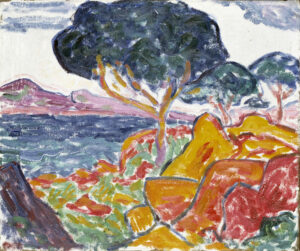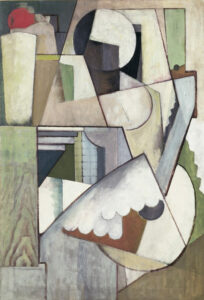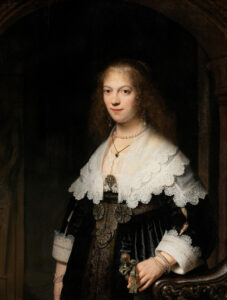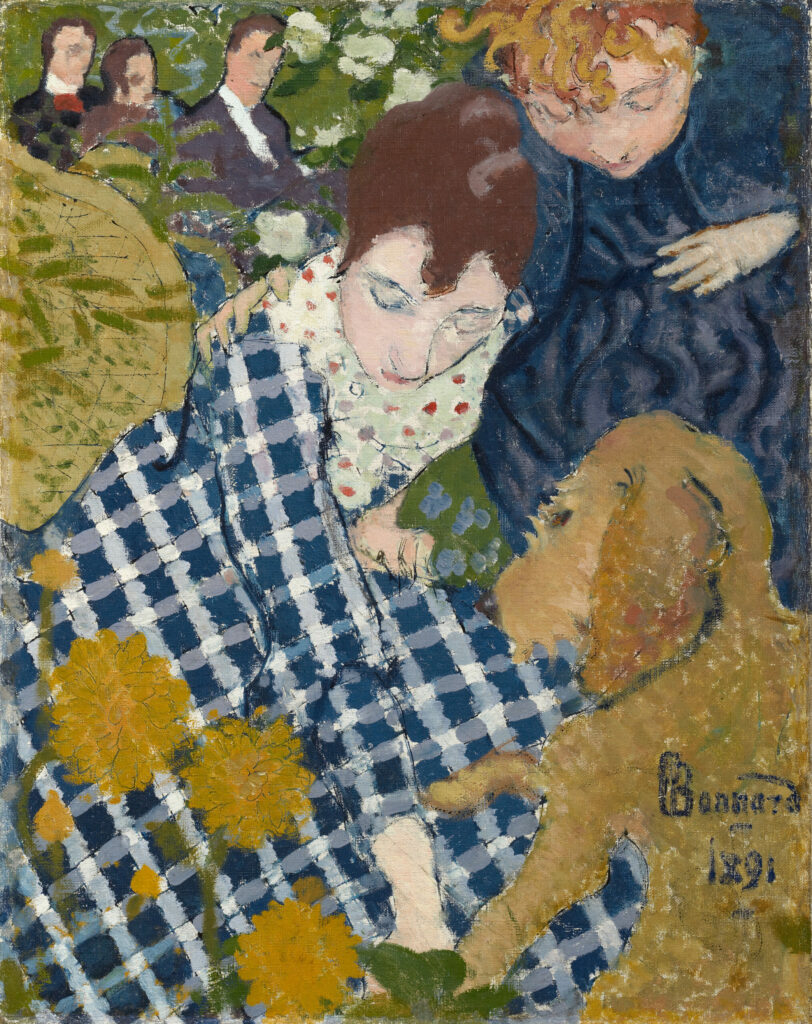
Women with Dog (1891) perfectly illustrates the revolutionary aesthetic of young Pierre Bonnard, then an active member of the Nabi movement.
This intimate work depicts his sister and cousin playing with the family dog in a garden, a domestic scene transformed into a decorative manifesto. Here Bonnard experiments with a radically modern approach: spatial compression, simplified forms, and flattened volumes create a boldly two-dimensional pictorial surface. Clothing patterns become abstract ornamental elements, while silhouettes float in an indeterminate space of acid greens. The mixed technique reveals the artist’s experimental spirit: pencil and ink drawings show through beneath the paint, sometimes carved directly into the colored material. This synthesis between observation of reality and decorative stylization testifies to the influence of Japanese prints and Symbolist aesthetics. The three figures sketched in the background reinforce this impression of creative spontaneity, characteristic of this period of artistic ferment.
Further information
- Pierre Bonnard, Women with a Dog, 1891, oil and ink on canvas. Clark Art Institute, Acquired by the Clark, 1979.23
- 41 x 32.5 cm (16 1/8 x 12 13/16 in.)
- https://www.clarkart.edu/ArtPiece/Detail/Women-with-a-Dog
Pierre Bonnard (1867-1947), nicknamed the “very Japanese Nabi,” revolutionized modern French art through his colorist and decorative vision. Co-founder of the Nabi movement alongside Vuillard and Sérusier, he developed from 1890 a personal style synthesizing Post-Impressionist influences and Japanese aesthetics. Master of bourgeois intimism, he transcended everyday anecdote through an increasingly audacious chromatic approach. From his Nabi beginnings to the Mediterranean splendors of his maturity, Bonnard remains one of the most inventive colorists of the 20th century, paving the way for modern art through his decorative modernity and exceptional luminous sensitivity.


